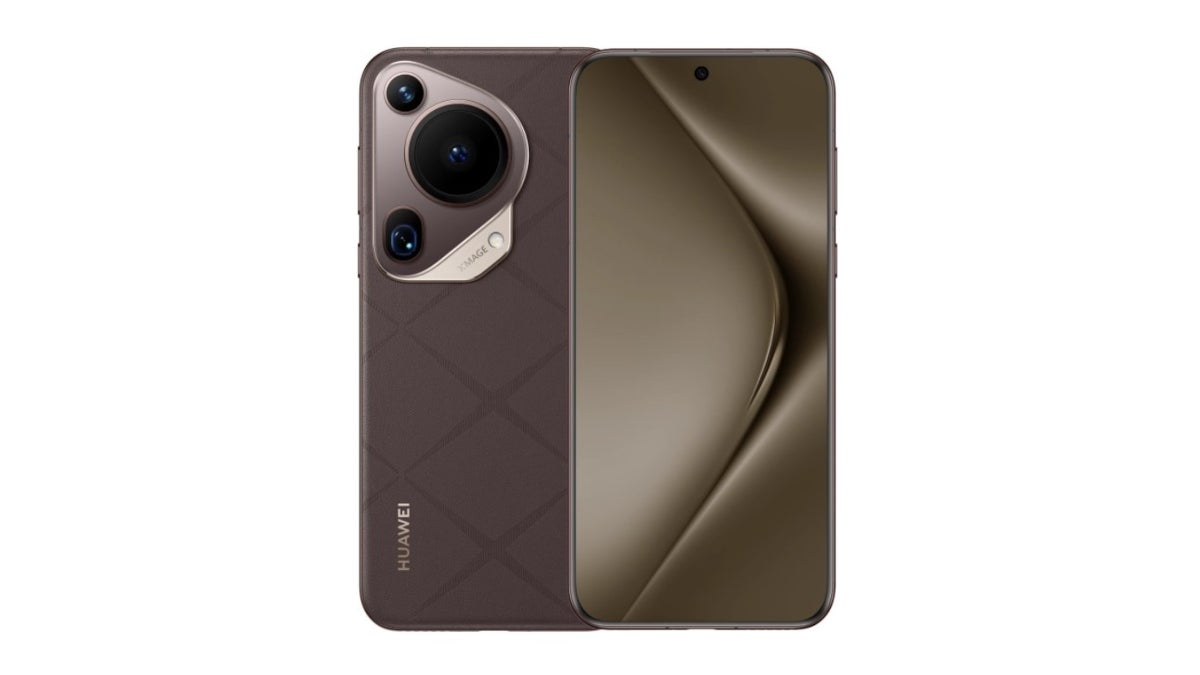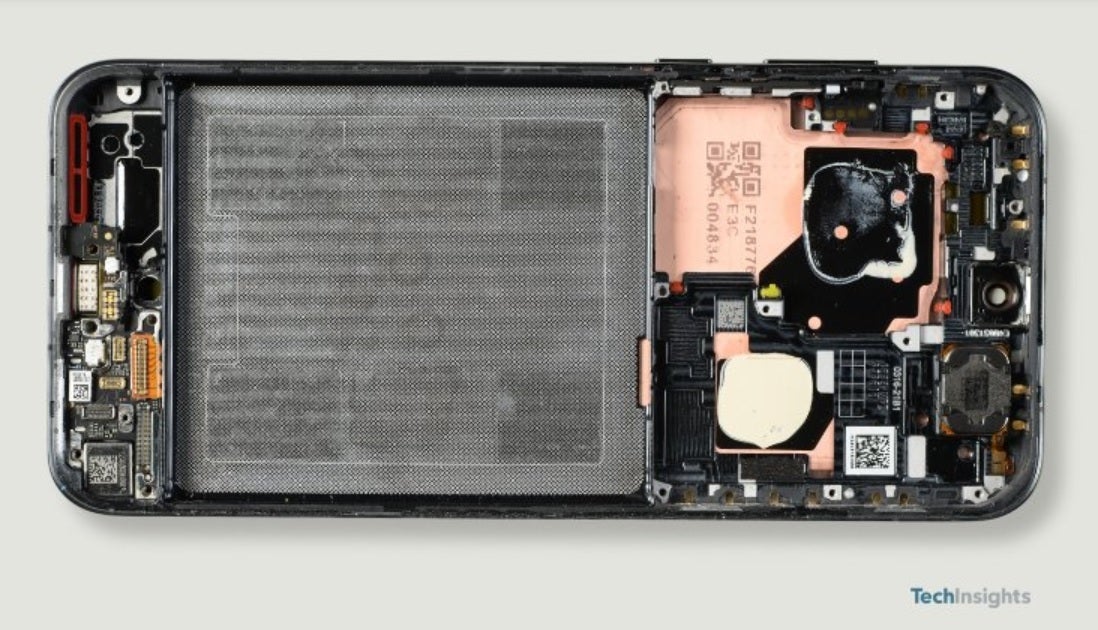U.S. lawmakers, no need to stroke out. Huawei's new Kirin 9010 chip was built using a 7nm node

Huawei was able to shock the smartphone world and nearly sent U.S. lawmakers to their local hospitals with strokes after it unveiled the Mate 60 series last August. The shocking news was that Huawei was able to obtain 5G chips for the first time since 2020's Mate 40 line featured the Kirin 9000 application processor (AP). Since then, a new U.S. export rule was created that prevents foundries using American technology to build chips from shipping advanced silicon to Huawei.
As a result, the manufacturer's previous flagship phones, the P50 and Mate 50 from 2022, and 2023's P60, all were powered by Qualcomm Snapdragon chipsets obtained by Huawei thanks to a license it received from the U.S. Commerce Department. Oh, we should point out that these chips were tweaked to work with 4G but not 5G networks. So when Huawei said last summer that the Mate 60 line would be equipped with the Kirin 9000s AP, a 5G-enabled chip built by China's leading foundry SMIC, U.S. officials were upset.
The Pura 70 Ultra's Kirin 9010 AP is produced using the same 7nm process node as the Kirin 9000s
The one saving grace, and some say proof that the sanctions worked, was that the Kirin 9000s was built using SMIC's 7nm process node. Because SMIC is banned from receiving extreme ultraviolet lithography (EUV) machines (as all Chinese foundries are), it cannot easily etch the complex circuity patterns on silicon wafers that are needed to build chips using a process node lower than 7nm. Even if SMIC could use DUV to create 5nm chips for Huawei, the price for these chips could be as much as 50% higher than TSMC's.

The chipset powering the Huawei Pura 70 Ultra was produced using SMIC's 7nm process node
To put this in context, the last 7nm AP made for Apple by TSMC was the A13 SoC for 2019's iPhone 11 line. That chip contained 8.5 billion transistors. The current 3nm A17 Pro used on the iPhone 15 Pro and iPhone 15 Pro Max carries 19 billion transistors. Despite the difference in transistor count, Huawei still managed to deliver a competent flagship series with some features that even the iPhone 15 Pro models don't have.
Huawei recently unveiled its new Pura 70 flagship series and the top-of-the-line model, the Pura 70 Ultra, is powered by the new Kirin 9010 SoC. There had been speculation that SMIC was able to use the deep ultraviolet lithography machines (DUV) that it is allowed to own to create a 5nm chip. Back in February, there was a report stating that SMIC was planning on building 5nm chips for Huawei this year. That might turn out to be the case when the Mate 70 is released during the second half of 2024, but for now, we can say that the Kirin 9010 SoC was built using SMIC's 7nm node.
Huawei remains innovative despite U.S. sanctions
A teardown of the Huawei Pura 70 Ultra by Tech Insights (via Wccftech) confirms that the Kirin 9010 is essentially a Kirin 9000s that has been redesigned. And while the Kirin 9010 is an improvement over the Kirin 9000s, it still is slower than 2022's Snapdragon 8+ Gen 1 while gobbling up 30% more energy.

The Pura 70 Ultra was the subject of a teardown by TechInsights
Despite being handicapped by the U.S. sanctions, Huawei continues to innovate. The Pura 70 Ultra will allow users to not only send text and make calls via satellite, it also uses satellite connectivity to share images when a cellular network is not available. Imagine what Huawei could create if it wasn't subject to following the sanctions.
The Pura 70 Ultra features a 6.8-inch OLED display with a resolution of 1260 x 2844 and a has a 120Hz refresh rate. It is equipped with 16GB RAM and is offered with 512GB or 1TB of storage. The rear camera array includes a 50MP primary camera with a variable aperture (f/1.6-4.0) and OIS. A 50MP telephoto camera delivers 3.5x optical zoom, and there is a 40MP ultra-wide camera. The front-facing selfie camera weighs in at 13MP.
The phone carries a 5200mAh battery that charges at 100W wired and 80W wireless. HarmonyOS 4.2 is pre-installed.
Follow us on Google News










![A new Android bug is making it impossible to install new apps. Are you affected? [UPDATE]](https://m-cdn.phonearena.com/images/article/176703-wide-two_350/A-new-Android-bug-is-making-it-impossible-to-install-new-apps.-Are-you-affected-UPDATE.webp)

Things that are NOT allowed:
To help keep our community safe and free from spam, we apply temporary limits to newly created accounts: